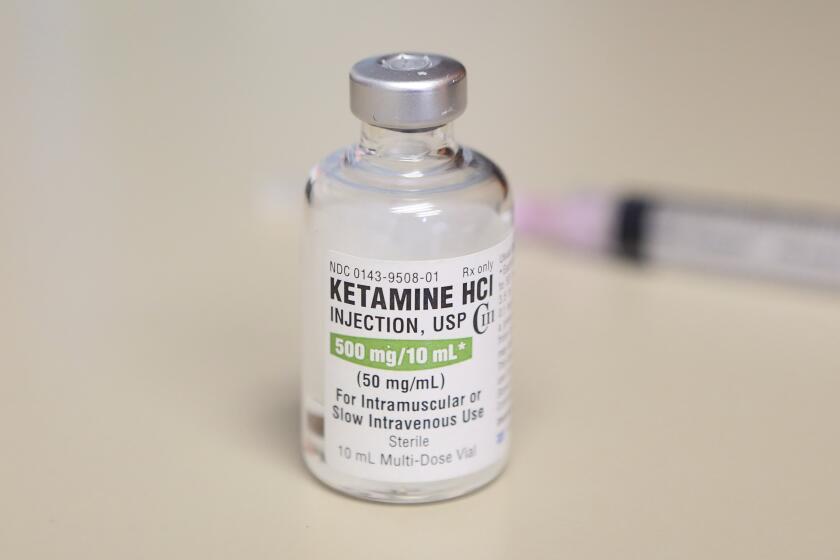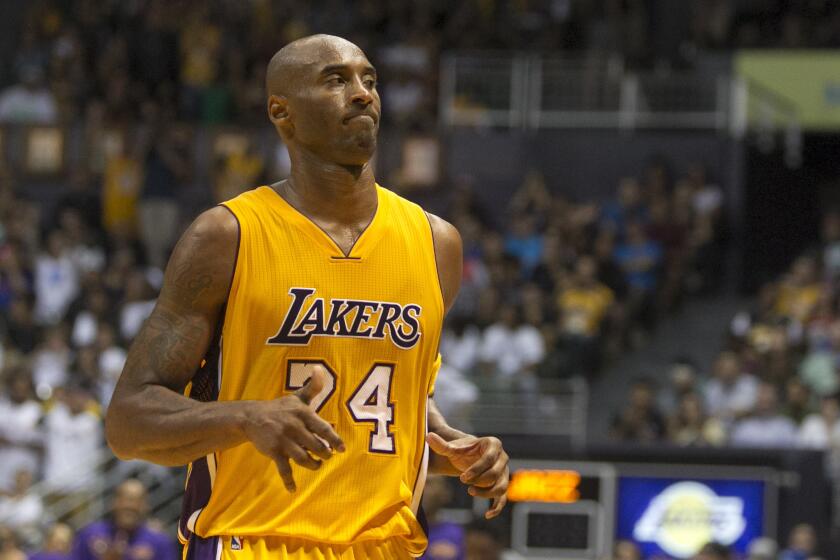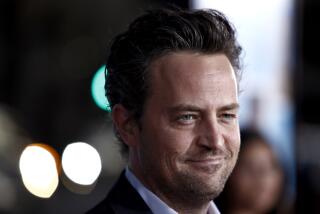Lamar Odom prepares to fight Aaron Carter, but first he fought PTSD
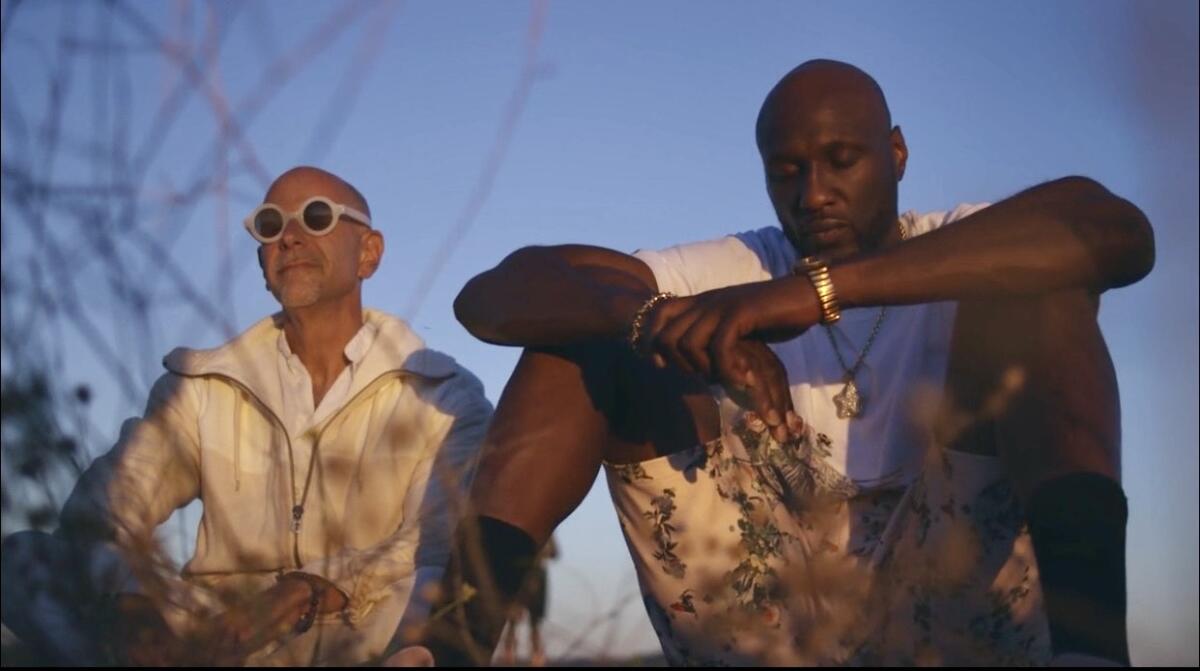
Lamar Odom has been training until 3 a.m. most nights to prepare for his exhibition boxing match against pop star Aaron Carter, but he feels “really good” after finding a strategy to combat his post-traumatic stress disorder.
October will mark six years since Odom was in a coma, when he suffered 12 strokes and six heart attacks after taking a lethal combination of cocaine and alcohol amid other substances and was found unconscious inside a Las Vegas brothel. In 2017, he met psychedelic consultant Mike “Zappy” Zapolin after a friend attended a screening of Zapolin’s 2016 documentary “The Reality of Truth,” which chronicles his own journey to find internal peace through psychedelics. Zapolin created a formula for Odom’s healing journey that consisted of microdoses of ketamine, an ibogaine treatment and daily meditations.
This process is shown in the documentary, “Lamar Odom Reborn,” which was released last month. The events of the film take place in 2018, but its release was ideal for the spring of 2021 after the pandemic shutdown caused depression and anxiety to skyrocket.
“During the pandemic, I wish we had more of [the treatments] on every corner, we could hand them out for free,” Odom said in a phone interview with The Times from Atlantic City, where he’s set to fight Carter on Friday night. “During this pandemic, everyone’s been in jail for a year and a half. A lot of us aren’t built to be in prison.”
Lamar Odom is sitting in front of me but his mind is somewhere else.
Odom’s own mental prison was triggered by the death of his mother when he was 12 years old, the death of his 6-month-old son Jayden and the passing of his cousin. Zapolin applauds Odom’s bravery to speak about mental health issues, especially with the stigma in the Black community, which Odom addressed in the film.
“As an African American man, we feel like if we seek help, it’s like weak,” Odom said. “We just have to realize that health is wealth and without mental health, you can’t accomplish sh—.”
“Lamar Odom Reborn” shows Odom’s reconciliation with his former partner Liza Morales and his children. Although Odom’s relationship with Khloe Kardashian has been cited as part of his downfall, there was a positive to being a part of the famous family.
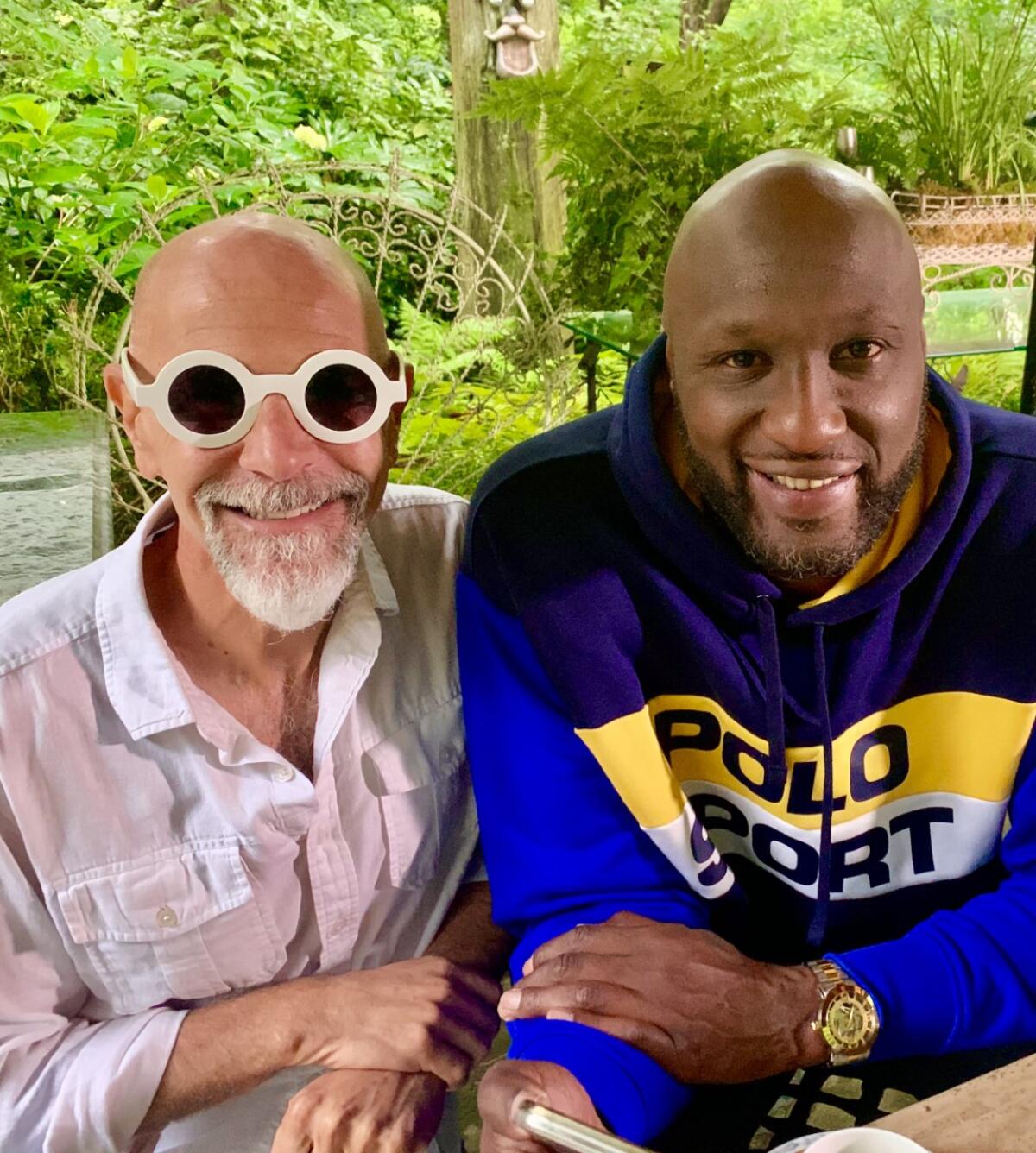
“I have let people film me since, but not my first time where I didn’t know how I was going to react,” Zapolin said. “But [Lamar is] so media-trained, and I think maybe his experience with the Kardashians, he dropped his even thinking about a camera being on him, so when I was like ‘Hey, Lamar, do you mind if I film this because I think if we share it, it’s going to help a lot of people potentially,’ he was like, ‘Yeah.’”
Ketamine is a hallucinogenic used as a street drug sometimes referred to as “Special K” or “horse tranquilizers” because of its use for veterinary purposes. In 1999, it was designated as a Schedule III substance by the Drug Enforcement Administration and Department of Health and Human Services. This means it has moderate potential for abuse and dependence and has been recognized as having medical benefits. Other substances in this classification include codeine and anabolic steroids.
Colorado is proposing a bill that restricts the medical use of ketamine in the wake of the 2019 death of 23-year-old Elijah McClain, who was injected with ketamine while in police custody.
The drug ketamine, which is sometimes injected as a sedative during arrests, has drawn new scrutiny since a young Black man died in suburban Denver.
Ketamine treatments are expensive and must be closely monitored by a professional. Zapolin is working to make it more accessible, especially amid the pandemic. Odom is a part of beta testing for a company called KetaMD, which provides at-home treatments led by a medical professional via Zoom.
Zapolin acknowledges the stigma that still lingers around ketamine and other substances.
“Our thought is that drugs are something that kind of suppress how you’re feeling and help you not think about these different difficult things, whereas the psychedelics, these are medicines, these are opening up your consciousness so that you are looking at the traumas that you had, that you’re thinking about things from a third-party perspective, and when you come back out of that, often they don’t have the same electrical charge on those things,” he said.
“So, that’s a big difference because some people have asked Lamar and I, ‘So you’re just doing another drug to get off drugs?’ We’re saying, ‘No, drugs are to suppress. This is medicine, this is meant to help you to evolve and move beyond that.’”
“As an African American man, we feel like if we seek help, it’s like weak. We just have to realize that health is wealth and without mental health, you can’t accomplish sh—.”
— Lamar Odom
While ketamine has made significant strides in its acceptance for its medical use, another part of Odom’s treatment has farther to go. Iboga is an African root that contains the psychedelic ibogaine and is used by the Bwiti people in ancestral worship rituals. In the film, Zapolin took Odom and a few others to Mexico to be led by an ibogaine specialist. Ibogaine is one of the most powerful psychedelics known to man and is illegal in the United States.
In a post-treatment conversation with Zapolin that was shared in the documentary, Odom recalled reaching a fight-or-flight moment while under the influence of ibogaine and choosing to rest on his game-winning instincts, as if Kobe Bryant were leading him to a Lakers victory. Bryant was one of the first people to visit Odom in the hospital after his series of strokes in 2015.
“For a second, I had wanted to stop, I was about to start screaming and sh— like that,” Odom said in the film. “But then I had to say, ‘Hold on, chill out. Kobe Bryant, fourth quarter, you’re gonna be alright.’”
Kobe Bryant was one of the first people to rush to the hospital after hearing Lamar Odom was found unconscious.
“For that guy’s spirit to come to Lamar in his most scary moment of the ibogaine when he wanted to stop just shows how powerful Kobe’s energy is,” Zapolin said.
Bryant died in a helicopter crash with his daughter Gianna and seven other people in January 2020. Odom was already keenly aware of how his life had been given a second chance, but he had an even greater awakening upon his teammate’s passing.
“When I went through that [coma] situation, if God would have came to me and said we would take me and spare Kobe, I would have rather that happened,” he posted on Instagram shortly after Bryant’s death.
He has since acknowledged that Bryant’s death could have triggered the need to use again, but found that because of his continued ketamine treatments, he has stayed clean.
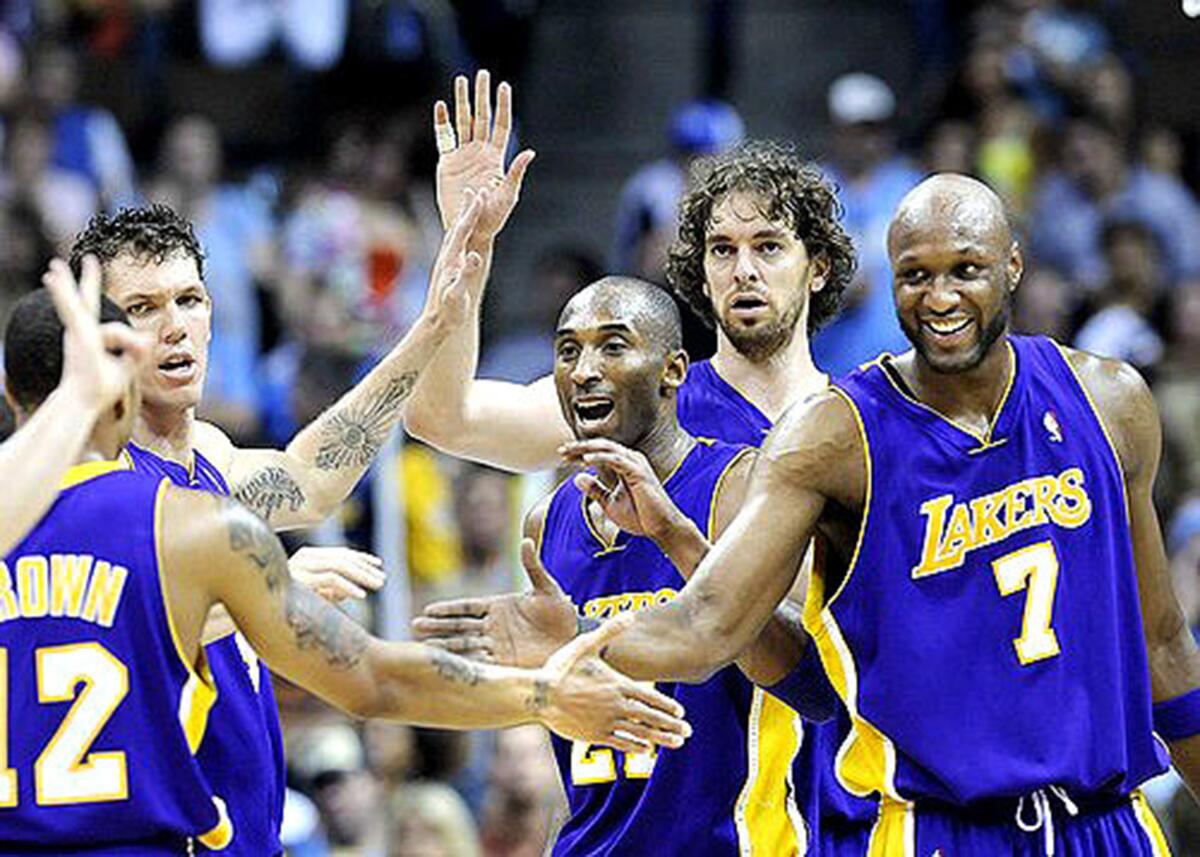
“When Kobe passed away, the old Lamar, that was like, that would have been every excuse in the world for me to go get high,” he told “Good Morning America,” [but] doing drugs didn’t even enter my mind.”
Now, he told The Times how important it is to him to honor Bryant’s legacy and how he wants to “represent his spirit the right way. That’s putting my best foot forward and living my best life.”
More to Read
All things Lakers, all the time.
Get all the Lakers news you need in Dan Woike's weekly newsletter.
You may occasionally receive promotional content from the Los Angeles Times.
